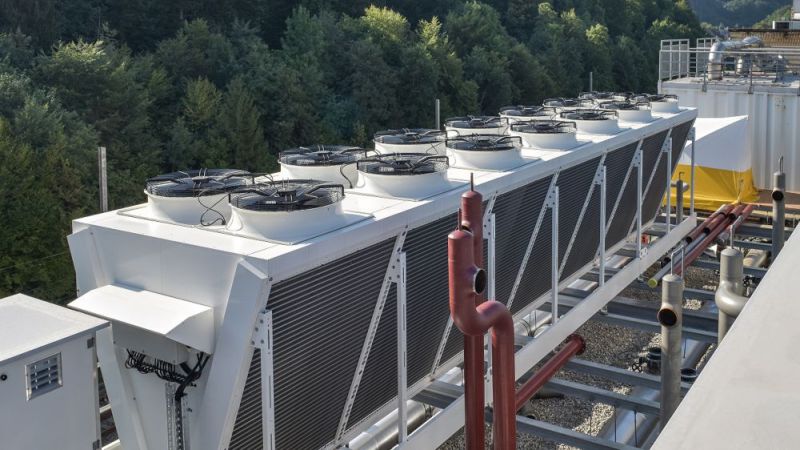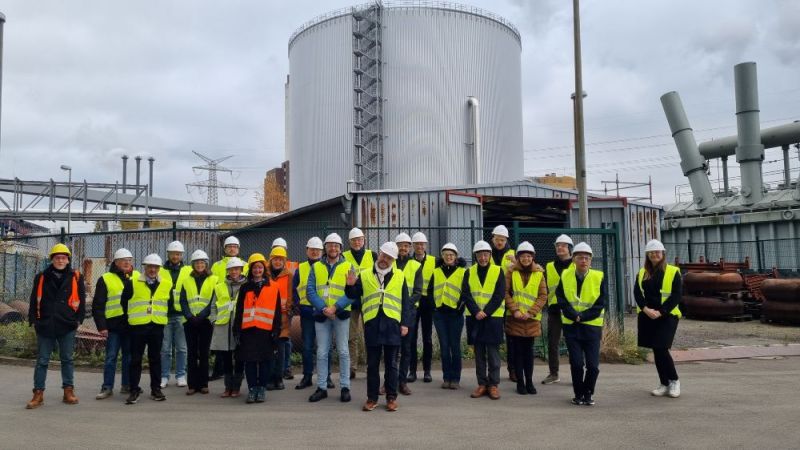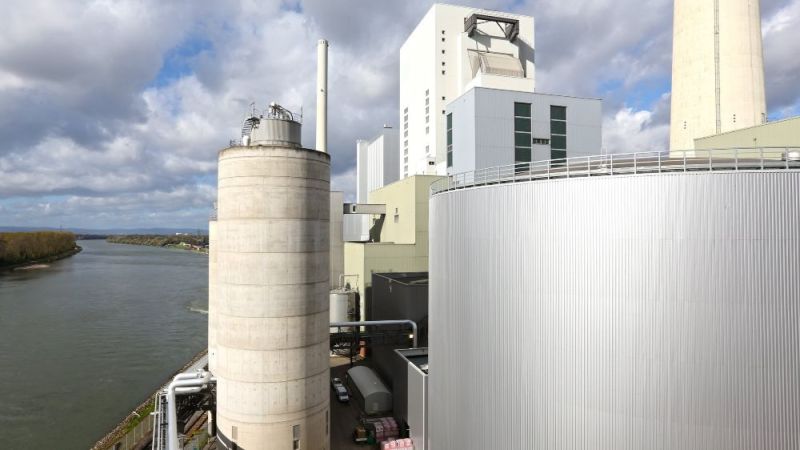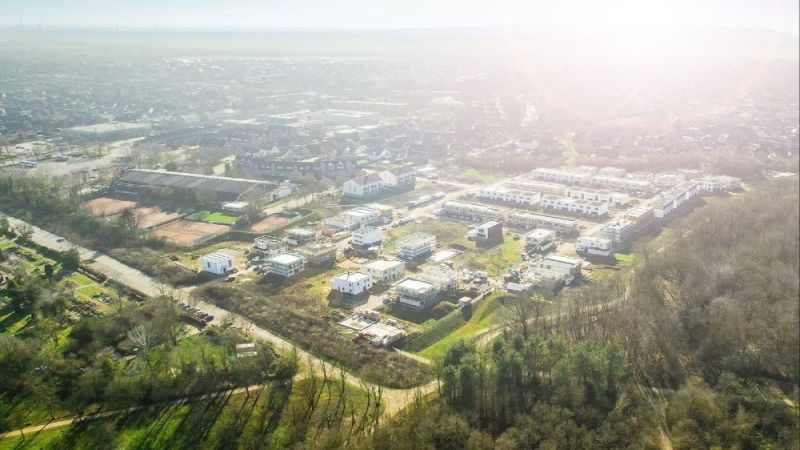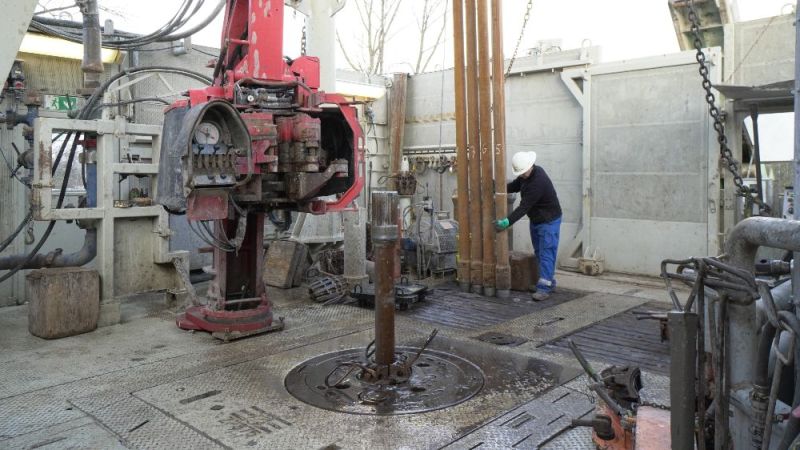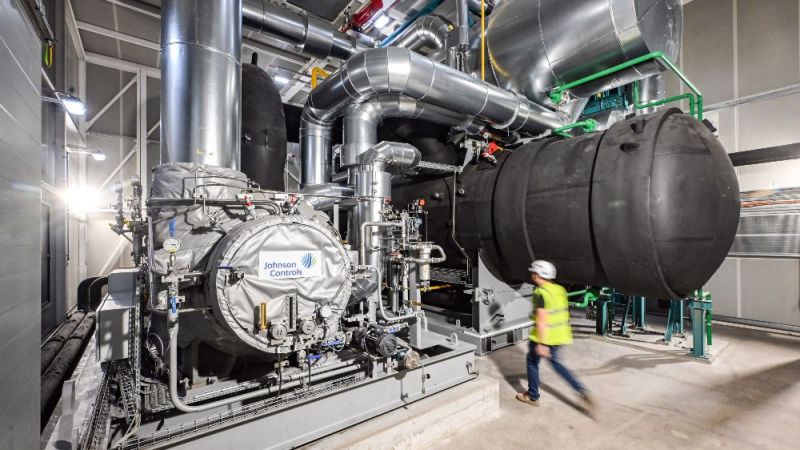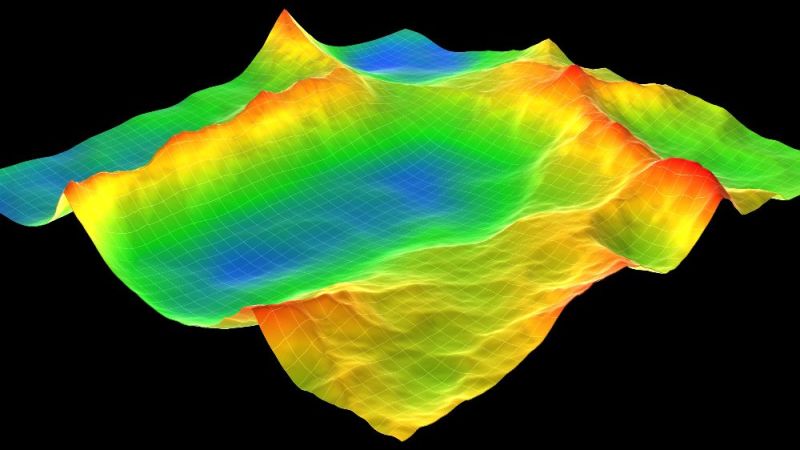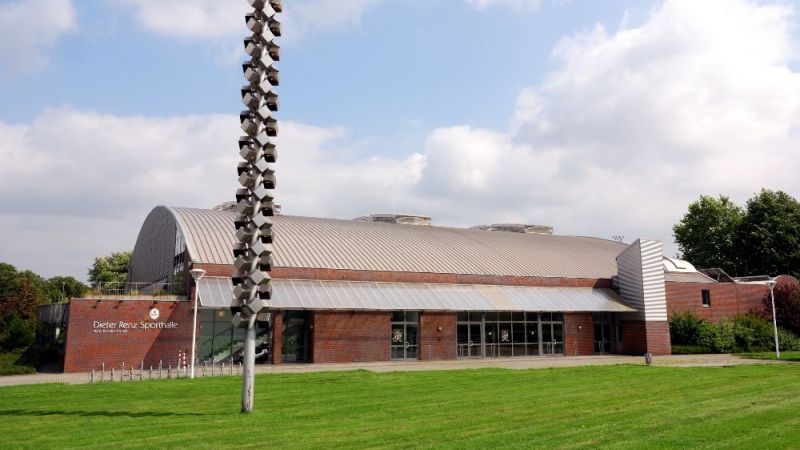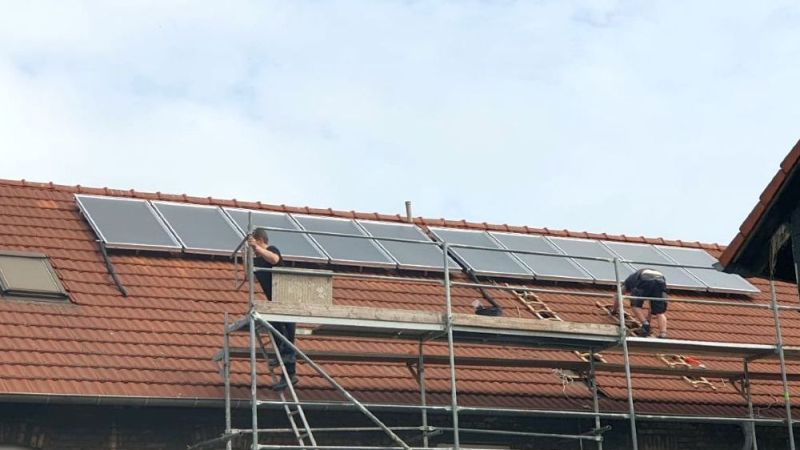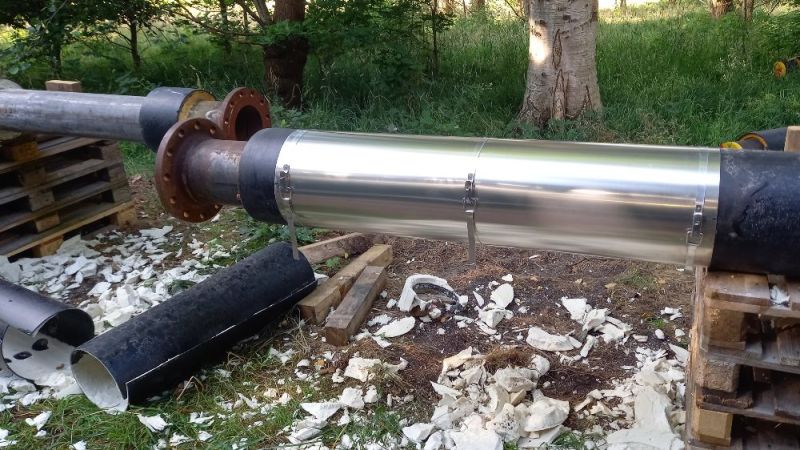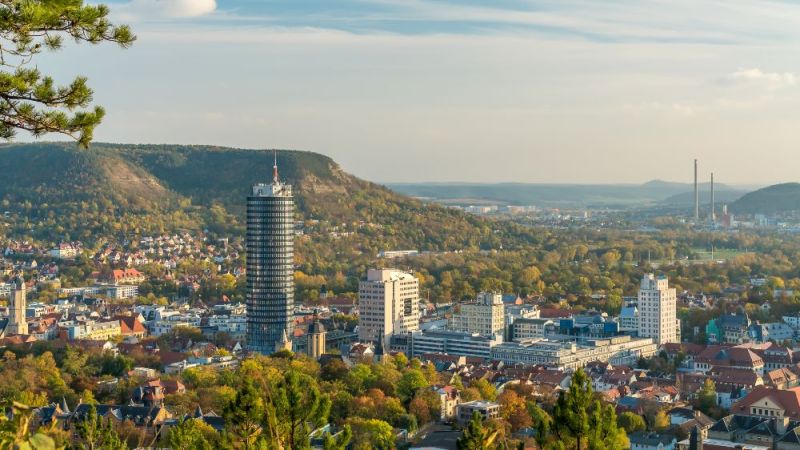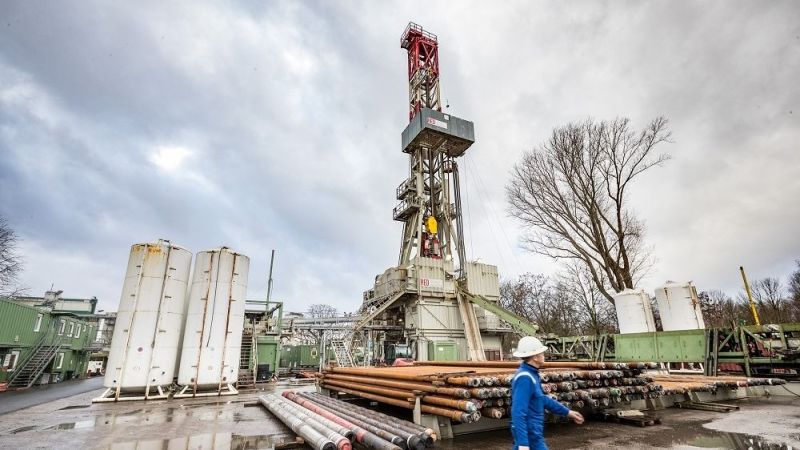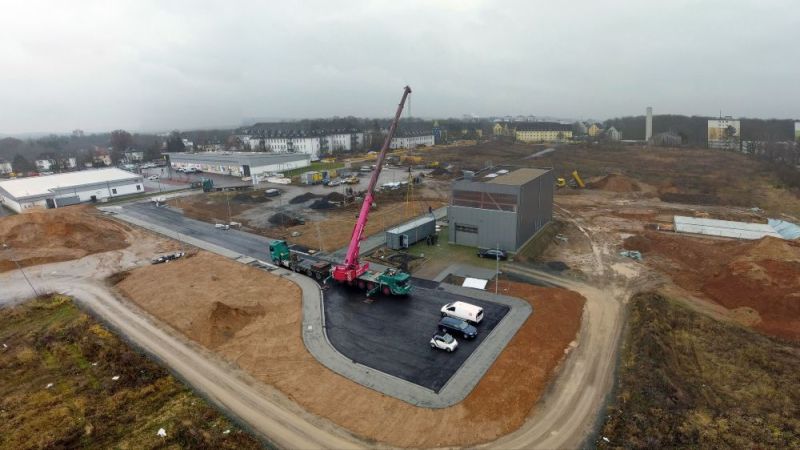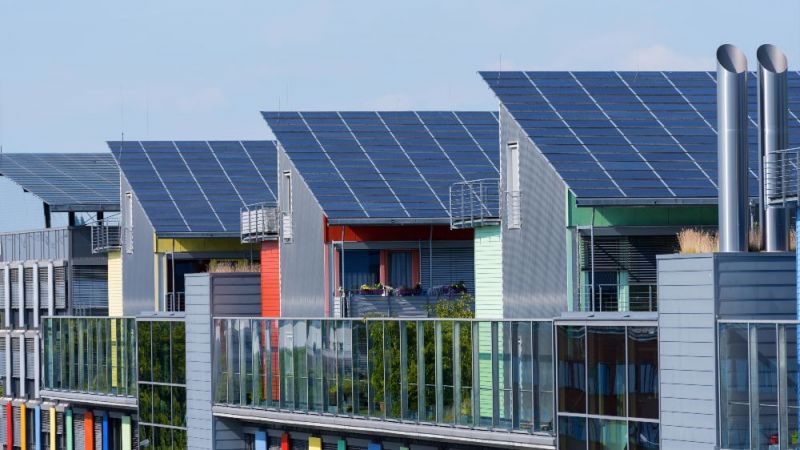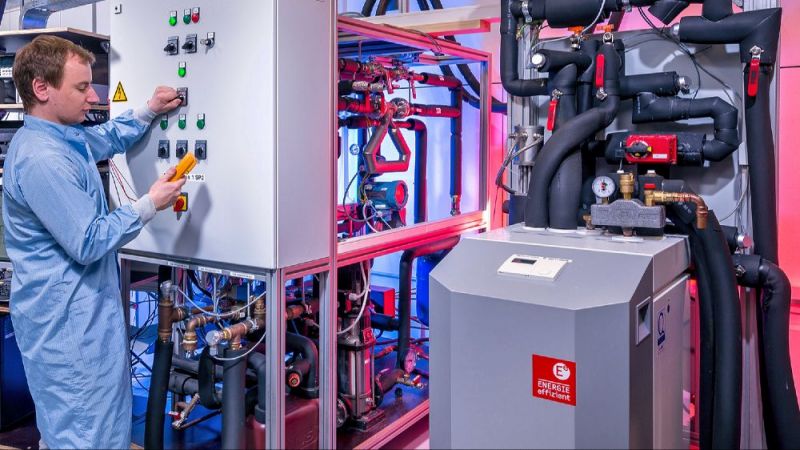
Statistical records of buildings in Germany
Database Closes Knowledge Gap about Non-Residential Buildings
“New”, “for the first time ever”, “unique”: these superlatives are not usually associated with mundane statistics. However, they aptly describe the new research database dedicated to non-residential buildings (NRBs, or NWG in German). Researchers in the DataNWG project have succeeded in recording Germany’s existing portfolio of non-residential buildings in a uniform manner and as a representative sample. “Up until now, there have not been any sufficiently valid data on non-residential buildings in Germany, whether it be about their number, size, year of construction, or condition. There is a lack of any official statistics on their structural data. This is astounding given the great economic significance of this sector. The ENOB:dataNWG database is now able to provide statistically valid data for the first time,” explains project coordinator Michael Hörner from the Institute for Housing and Environment (IWU) (click here for the full interview).

In Germany, there are a total of roughly 21 million non-residential buildings, which the team of scientists in the DataNWG research project has now recorded a representative sample of. The database allows users to differentiate between various aspects including heated and cooled non-residential buildings that fall entirely under the scope of the Buildings Energy Act (GEG). The GEG serves to provide a regulatory framework for saving energy and for the use of renewable energy for the purposes of heating or cooling buildings. It encompasses roughly two million non-residential buildings in Germany.
Renovation rate remains low despite high construction activity
More than one third of the non-residential buildings recorded in Germany are production, workshop, warehouse, or commercial buildings. This is in addition to service buildings, which include office, administrative, and municipal buildings (roughly 12 percent) as well as schools, day care centres, and other such buildings (around 5 percent). Old buildings that were constructed in 1978 or earlier, i.e. prior to the first German Thermal Insulation Ordinance, make up the biggest share (roughly 58 percent) of non-residential buildings.
An initial glimpse of the energy performance of non-residential buildings appears positive: 40 percent of all external wall surfaces of non-residential buildings have thermal insulation layers. This value is almost as high as those for residential buildings. However, this is not enough: “The insulation rate for old buildings amounts to only around 0.9 percent of external wall surfaces per year. A significant increase seems necessary in order to achieve climate protection goals in the buildings sector,” Hörner explains. While there is generally a high level of construction activity on external walls, they are often either being painted, plastered, or clad, and are only rarely insulated according to modern standards.
A glimpse behind the façade reveals that boilers requiring fuels are still used to produce heat in over 83 percent of non-residential buildings. The number of electric heat pumps in new buildings is especially low and considerably lower than that of residential buildings. “The move away from fossil fuels as part of the transition of energy carriers between 2010 and 2014 was insufficient for a successful heat transition,” project coordinator Hörner explains. The findings from the DataNWG project might now help to change that.
Data help to make decisions for the future
Studies from the DataNWG project are producing a vast wealth of data. But who is benefiting from this? “The data will make important contributions to energy and buildings research, to assessments of market opportunities in the construction and real estate sectors or in plant and mechanical engineering, and to decisions relating to economic, environmental, and energy policies,” said Hörner in an interview.
Christian Stolte from the German Energy Agency (dena) explained how the data might be used in practice at the concluding conference for the non-residential building database project (click here for further information and a video recording of the event). By focusing on regions and non-residential building typologies, the database can allow for more targeted funding, for example. This might be in the form of incentives for schools and universities to install ventilation systems, or for optimizing ventilation systems in office buildings, the catering industry, and production buildings. Moreover, measures tailored to certain groups of owners can be implemented. For instance, it is possible to determine the usable photovoltaic potential of rooftops and façades.
Alongside industry and science, the political sphere also benefits from the research database for non-residential buildings, as the tool can be used to identify trends and develop scenarios. A solid database can be helpful in making political decisions. Climate protection goals also need to be monitored on a regular basis. The new database can be used to review whether the existing portfolio of non-residential buildings remains on track to meet these goals.
Access to the database
Interested parties from science, industry, and politics can now access the results of investigations and create evaluations in tabular form. In doing so, they have three options: remote calculations via the Institute for Housing and Environment’s (IWU) table configurator, remote calculations via R script, or through access as a visiting scientist at the IWU. You can find further information on the IWU’s homepage.(bs)



